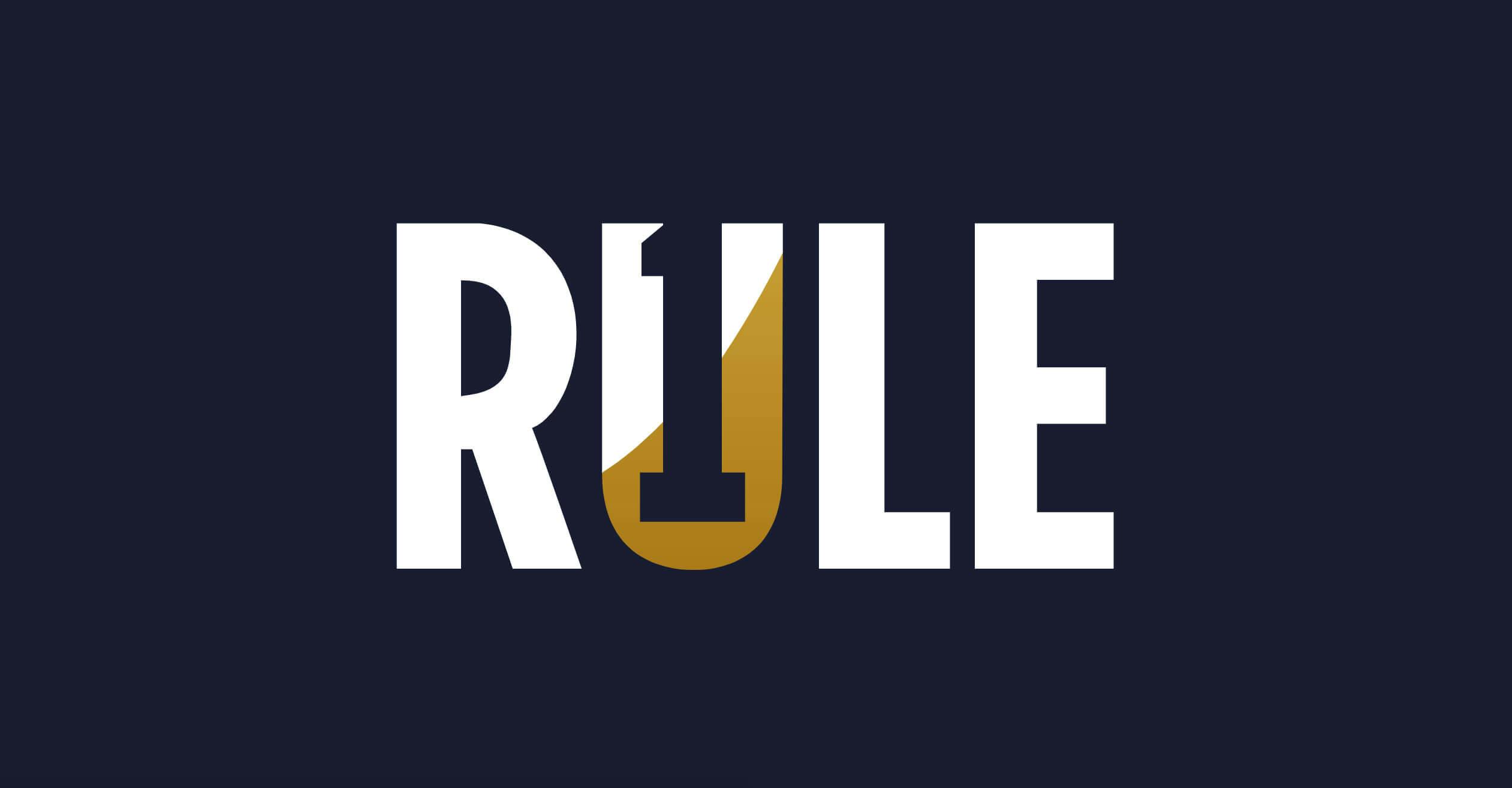A few days ago, Monk brought up some interesting observations about YHOO and Intangibles in the Comments.
Our exchange is useful enough that I decided to reprint it here.
Monk's comment:
As a new student of all this, I agree that Intangibles do make this process all the more scary. I agree that GOOG has a low percentage of Intangibles, and that may have been a bad example. By my read, YHOO on the other hand seems to have a lot more Intangibles percentage than you came up with. From Morningstar's site, under the balance sheet for 2005, YHOO had a Total Equity of 8566.4 and Intangibles of 3430.2. Am I reading it wrong?
I am really working to understand the more qualitative aspects of the whole Rule #1 process as I tend to be a facts and figures guy. YHOO feels like a risky business. Is that why (by my read of course) the Intangibles back it up? Likewise, DIS feels likes it is not a candidate based on growth rates. Do the Intangibles (based heavily on Brand and Copyrights) at such a high percentage of Equity back this up?
In the end, I'm hoping that when I go play, I'm playing the same game as you, Phil, and all of your other great students out there!
My response:
534 million vs. 3,430 million is a big difference. And son-of-a-gun, you are totally right. Investools' YHOO 10-year balance sheet carried Intangibles at 534, but their 1 year balance sheet has intangibles at 534 AND another line for 'goodwill' of 2,895 that isn't mentioned on the ten year page. If there is only one line showing on a balance sheet for Intangilbes, then goodwill should be included. If it's not, we have to add the two lines together. And when I do that I get what you got. Nice job!
FYI: This bug is going to Investools for correction. And it points out again that we need to verify the info with the 10K. (No matter where you find your data, you'll want to do this as a quick double-check.)
That said let's look at YHOO's balance sheet again and see if this larger intangible number is a problem.
Investools 1 yr sheet shows YHOO with total assets of 10,800 million.. Deduct the goodwill andintangibles of 3,400 and we get a different assets number: 7,400. Total liabilities are 2,300 (rounding for simple math - which I need). Subtract 2300 from 7400 and I get 4,100 equity -- a big step down from the 8,000 they are showing.
Okay so far, since we still have some equity. But how does it compare to prior years? The key thing we're looking for with equity is whether they are accumulating their surplus cash or spending it to stay in business. So is it growing?
Now we have to go do the same thing we just did for some prior years. We want to see the pattern. So we do the same thing for last year, 3 years, 5 years and 9 years.
In 2004 intangibles were 3000, so subtract that from assets of 9200 and we get assets of 6200. Liabilities are 2100 so equity is 4100. That means equity growth from 2004 to 2005 was zero.
Do it again for 2002: Subtract the 500 intangibles from 2800 assets and get 2300 assets against liabilities of 500 for an equity of 1,800. So in three years equity went from 1800 to 4100 - 24% plus average.
I get one double plus a bit for five years -- 15% or so and a 36% plus some rate of growth average for the last 9 years.
This is quick and dirty but what I get is this: Long term growth of 9 years averaging 36%. But the last 5 years growth slowed to 15% average. But the last 3 years it picked up to 24% average. And last year it went to nothing.
Now THAT is interesting. YHOO seems to be kind of hit and miss when it comes to getting its surplus to the bottom line. Either they have years when there is no surplus or they are spening it on maintenance. You'll have to look at the other growth rates to know which.
Hope that helps.
Now go play-Phil Town

